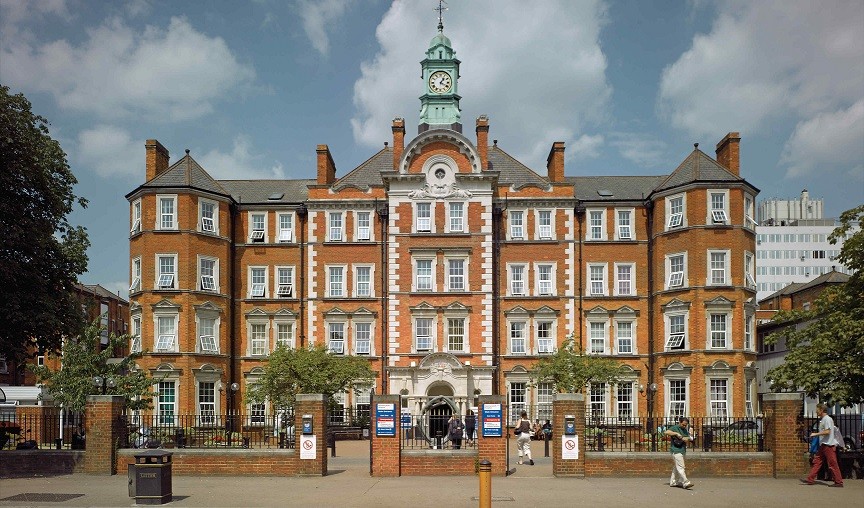The World's Top 15 Most Vibrant Towns You Must See
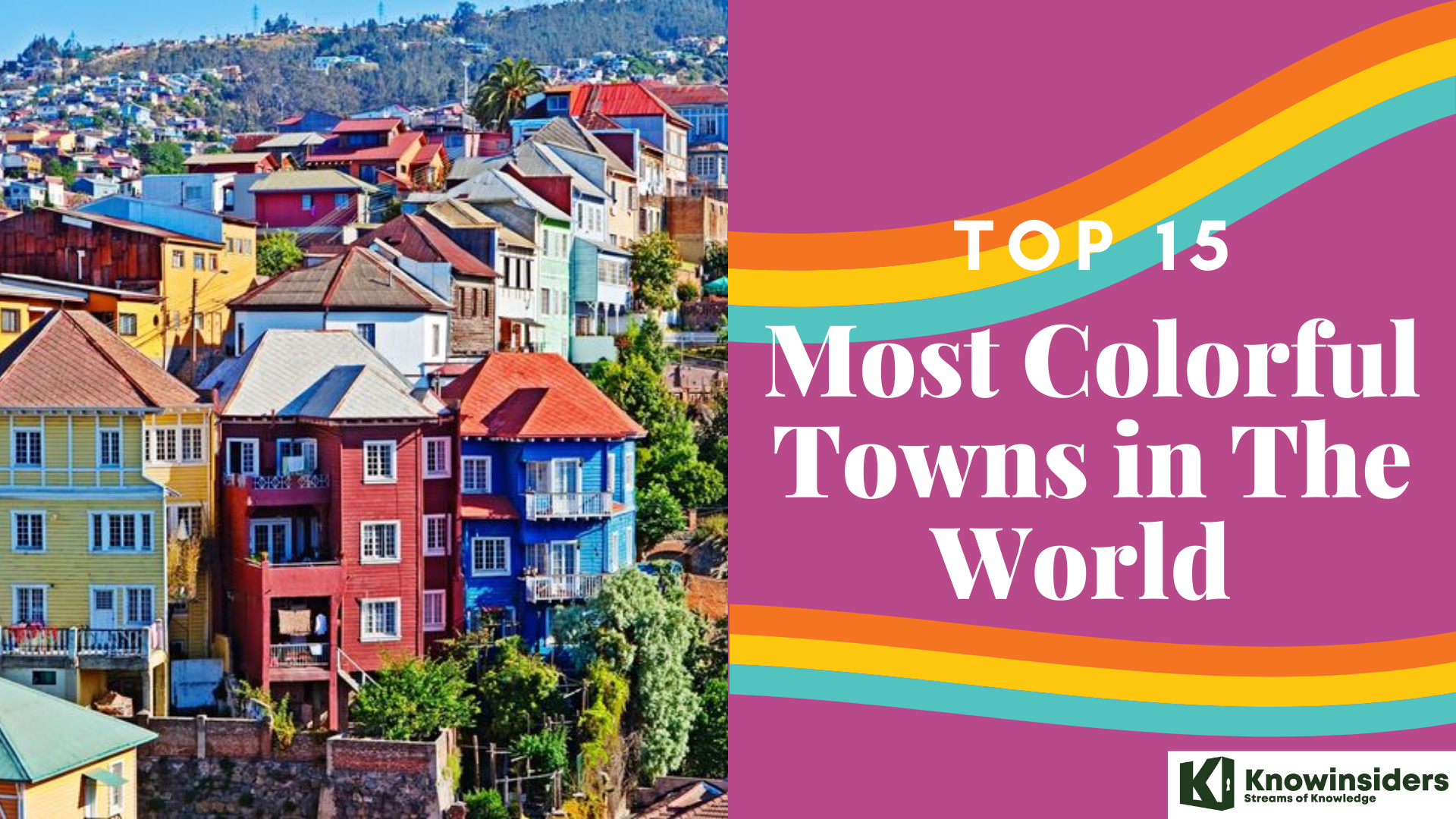 |
| Top 15 most colorful towns in the world |
These kaleidoscope locations, which range from serene pastel hamlets to rows of rainbow homes, are absolutely stunning. Some places are well-known (consider the Cinque Terre region of Italy), but some are more hidden gems, like a South Korean village covered in vivid murals. But these vibrant towns will make your day, wherever they may be in the world.
Take a look at these top 15 most colorful towns in the world.
What are the top 15 most colorful towns in the world?
15. Nyhavn, Copenhagen, Denmark
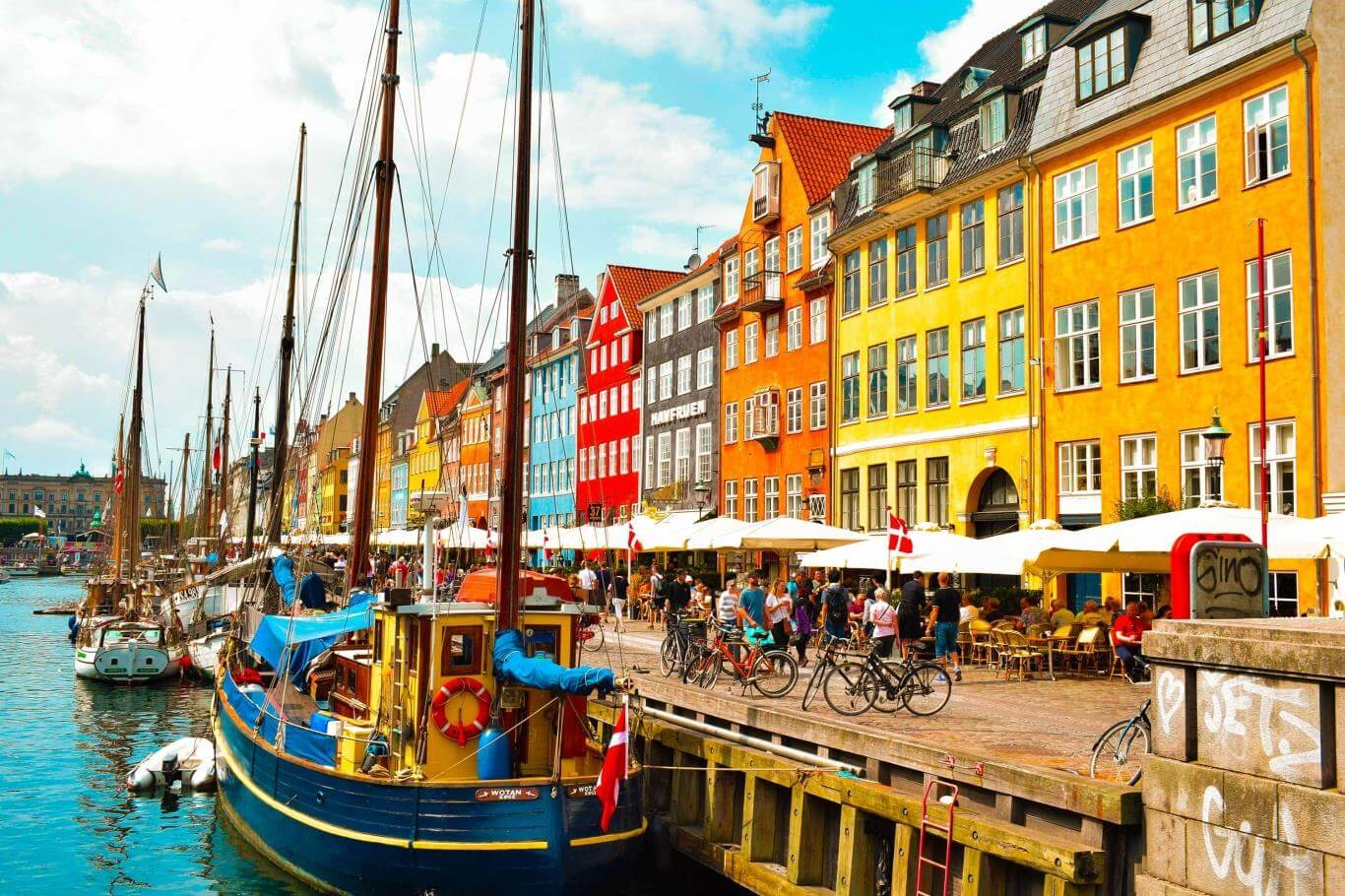 |
| Photo: Vinatourist Jsc. |
Originally a bustling commercial port, Nyhavn is now home to beautifully restored historic homes and is bustling with people taking advantage of the great food, jazz music, and laid-back atmosphere by the canal.
After a long day, Nyhavn is a great place to unwind, especially in the summer. Like the locals, enjoy a cold one on the quay or at one of the many eateries.
No. 20 was once home to Hans Christian Andersen, the well-known Danish author of fairy tales. He wrote the fairy tales "The Princess and the Pea," "Little Claus and Big Claus," and "The Tinderbox" at this location. In addition, he spent two years in no. 18 and twenty years in no. 67.
14. Chefchaouen, Morocco
 |
| Photo: Black Platinum Gold |
Without a doubt, one of the most colorful cities in the world and one of Morocco's most picturesque towns is Chefchaouen. Locals refer to it simply as Chaouen, but visitors refer to it as "the Blue City." The entire city has a postcard-like appearance that is breathtaking to witness in person because the streets and the majority of the buildings in the old part of town are painted sky blue. It's a great way to escape the bustle of Marrakesh or Casablanca because it's nestled in the Rif Mountains and is laid back compared to other Moroccan cities. The city's blue buildings draw tourists in, but it's the relaxed atmosphere and scenic mountain views that captivate them.
It is unclear whence the city's painted houses first appeared, but it most likely began in the 20th century. There are several theories, some of which are romantic in nature. One is that people painted their homes in blue, which is a symbol for the sky and heaven. Another theory holds that the custom of painting homes blue was initiated by recently arrived Jewish residents who were escaping Europe during World War II. Others claim that the government forced the change to draw tourists or even that blue helps ward off mosquitoes. For whatever reason, it has produced one of the world's most picturesque cities.
13. Guanajuato, Mexico
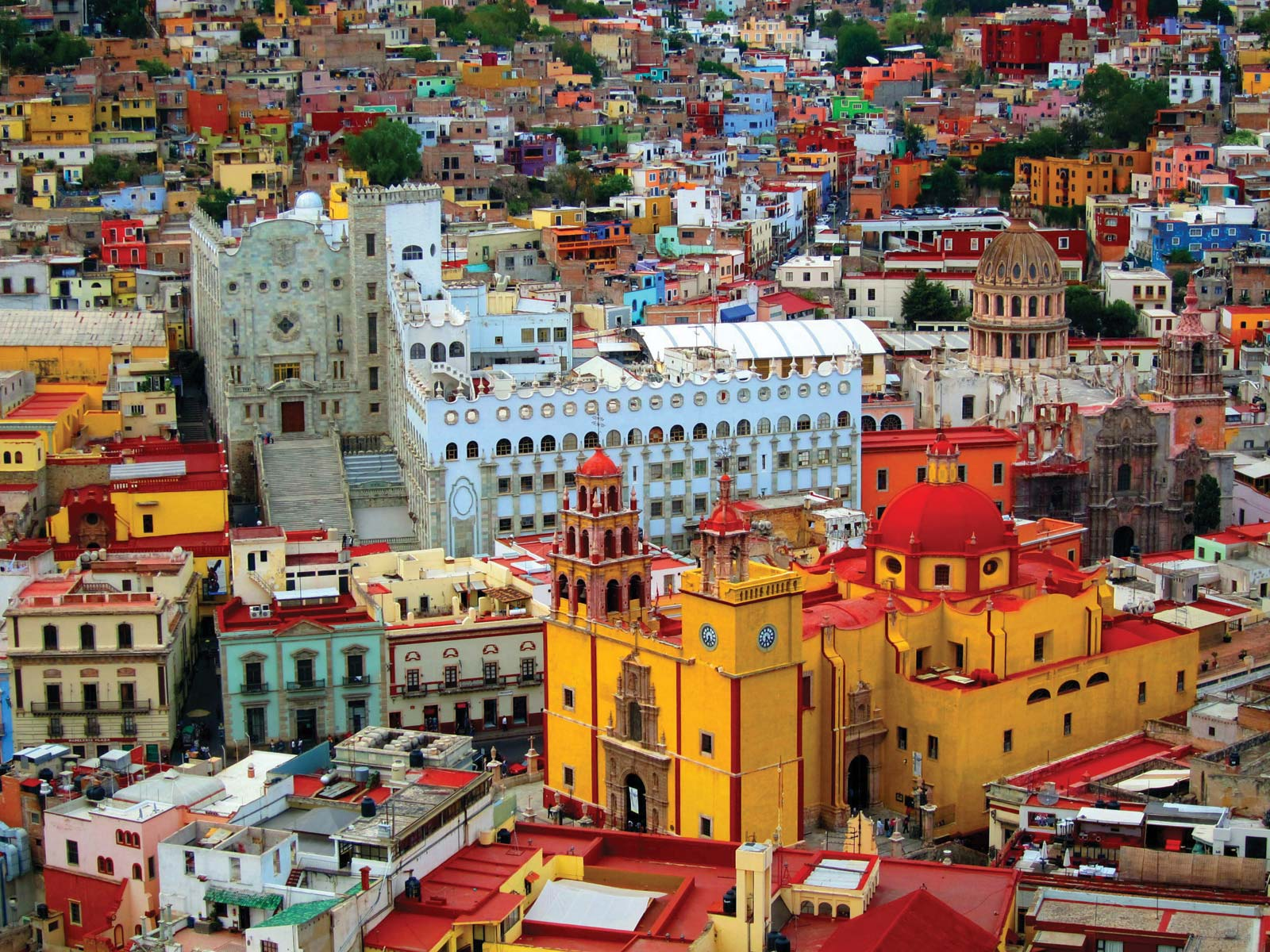 |
| Photo: Britannica |
Guanajuato is surrounded by hills that cascade into houses of every hue under the sun. Fuchsia pink mixes with pillar box red, saffron yellow, baby blue, and lime green; there is no subtle, complementary color scheme.
Despite being a UNESCO World Heritage Site, this colonial city in the central Mexican mountains was formerly a silver mining town. Oddly, foreign tourists don't seem to like it much; they seem to prefer San Miguel de Allende, which is only an hour away.
12. Nuuk, Greenland
 |
| Photo: The Architectural Review |
Greenland's largest city and capital is Nuuk. Nuuk is the largest cultural and economic hub of the nation and the location of the government. The largest international cities nearest to the capital are Reykjavík in Iceland and Iqaluit and St. John's in Canada. Greenland's tallest building and nearly one-third of its population are located in Nuuk. Additionally, the Sermersooq municipality's seat of government is located in Nuuk. Its population in January 2021 was 18,800.
Godthaab ("Good Hope") was the name given to the city by Dano-Norwegian governor Claus Paarss in 1728 when he moved Hans Egede's former Hope Colony (Haabets Koloni) to the mainland. The word "cape" in Greenlandic is "nuuk" (Danish: naes), and one frequently finds it in place names. Its location at the mouth of the Nuup Kangerlua fjord on the Labrador Sea's eastern shore gives it its name. With a latitude of 64°11' N, it is the world's northernmost capital, situated just a few kilometers north of Reykjavík, the capital of Iceland. The authorization of place names was transferred to Greenlandic authorities in 1979 upon the installation of home rule, and as a result, Greenlandic names were given preference over Danish ones. During the next one to two decades, the name Godthåb became largely obsolete in Danish.
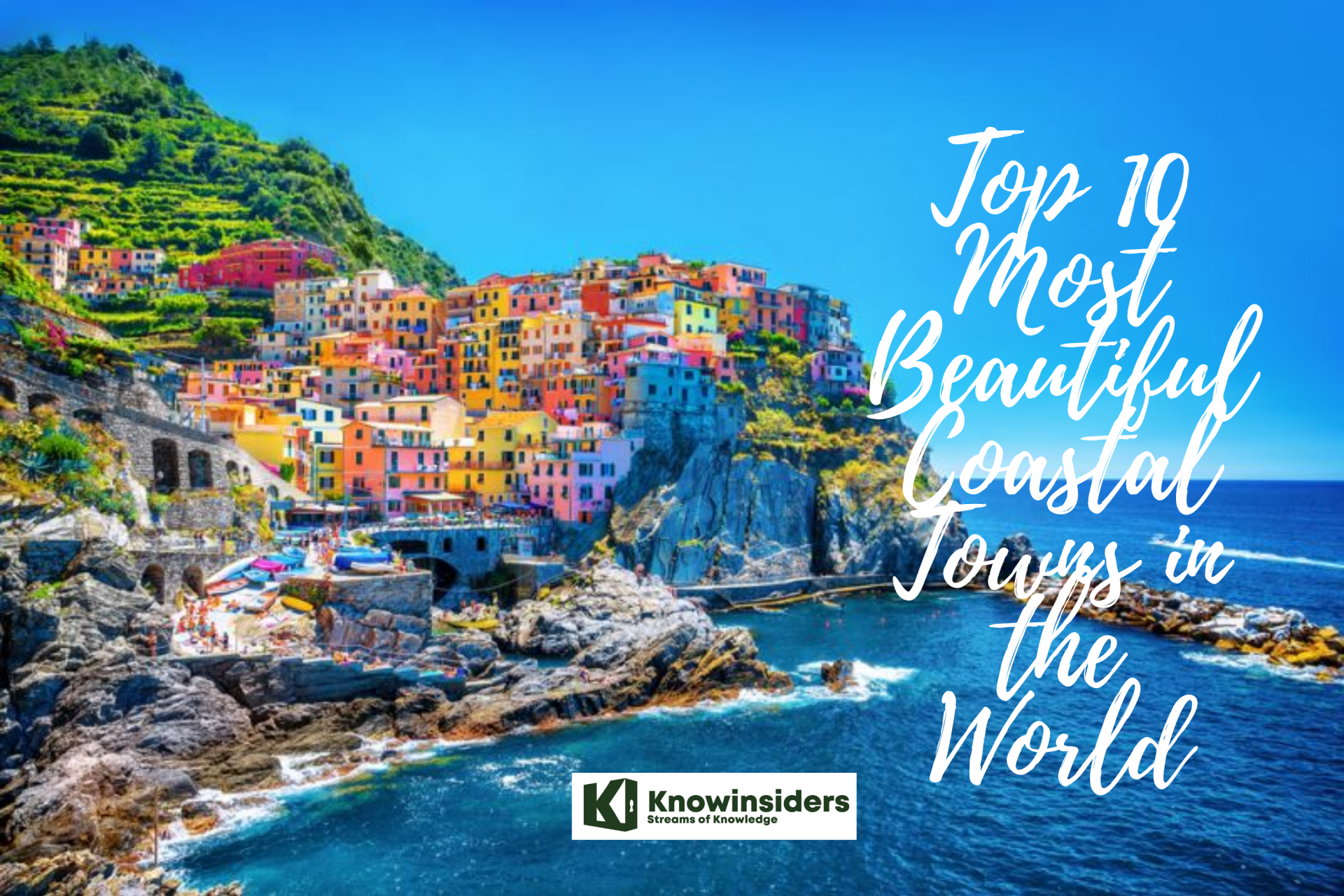 Top 10 Most Beautiful Coastal Towns in the World Top 10 Most Beautiful Coastal Towns in the World Wonderful coastal towns are definitely dreaming destinations for thousands of people, especially under the Covid-19 restrictions. Check out right below the 10 Most Beautiful Coastal ... |
11. Cinque Terre, Italy
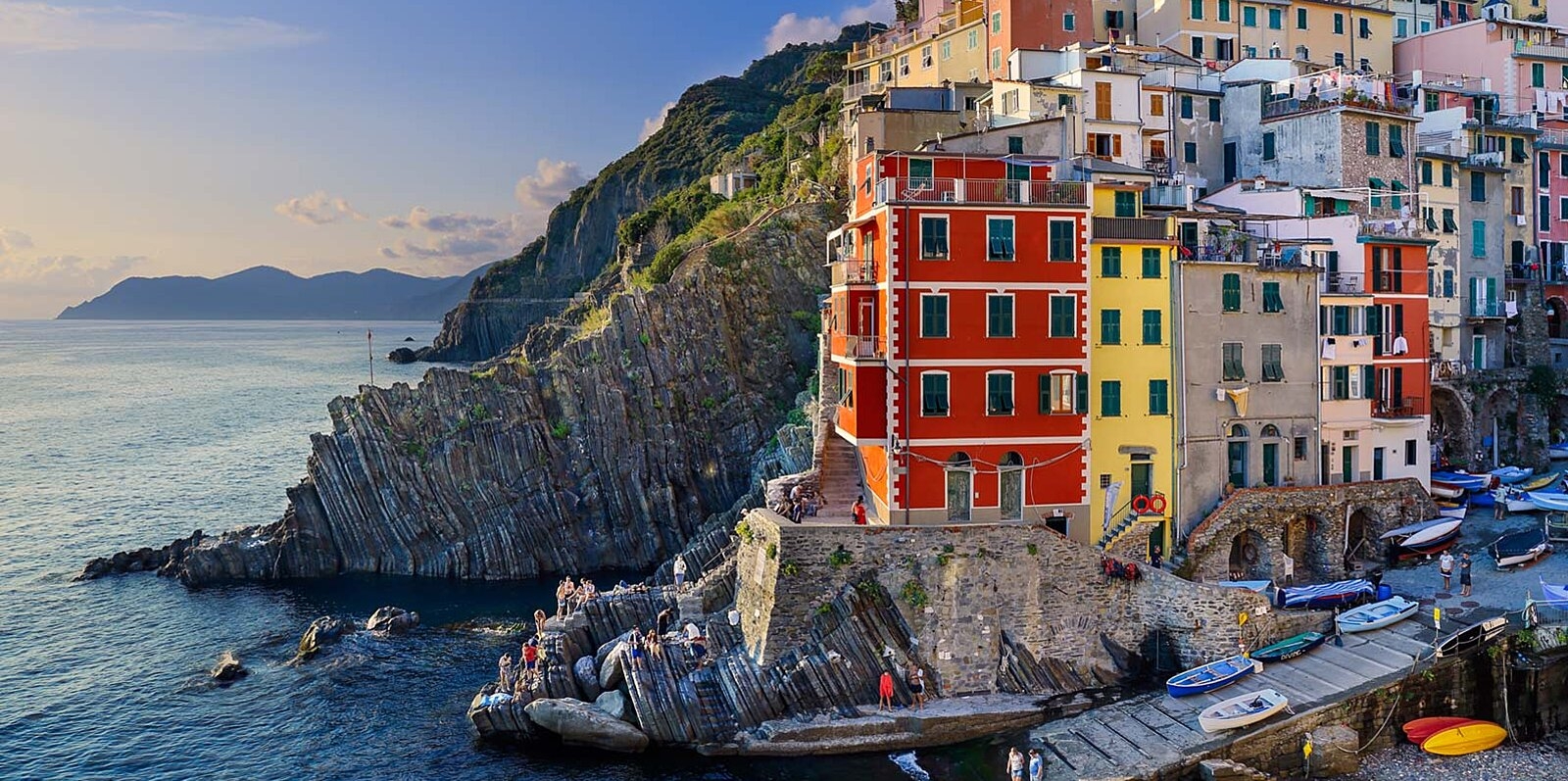 |
| Photo: Travel + Leisure |
The northwest Italian region of Liguria contains the coastal region known as the Cinque Terre (Çinque Taere, meaning "Five Lands"). The five villages that make up this region are Monterosso al Mare, Vernazza, Corniglia, Manarola, and Riomaggiore. It is located in the western region of La Spezia Province. The Cinque Terre National Park, a UNESCO World Heritage Site, includes the coastline, the five villages, and the surrounding hillsides.
A well-liked travel destination is the Cinque Terre region. Terraces have been constructed on the steep, rocky terrain for centuries, all the way up to the cliffs that provide a view of the Ligurian Sea. The villages are connected by paths, trains, and boats; cars can only very difficultly reach them from the outside via narrow, unstable mountain roads.
10. La Boca, Buenos Aires, Argentina
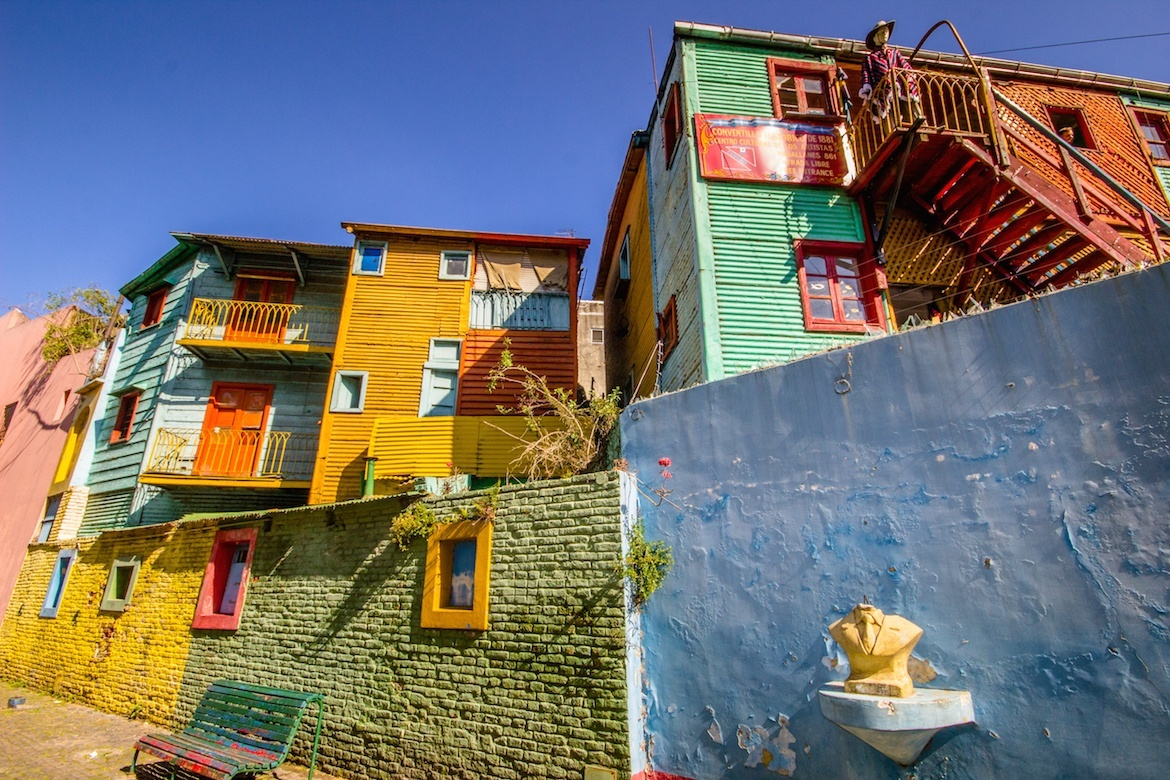 |
| Photo: Globe Guide |
La Boca is the area of Buenos Aires that is best seen during the day. The city comes alive after dark with tango dancing, a vibrant party scene, and succulent steak dinners paired with robust Malbec. Without a doubt the most vibrant and picturesque district, it exudes a bohemian vibe and is well-liked by tourists.
La Boca is the kind of place where you just stroll around and enjoy the sights and sounds of the buskers entertaining the crowds, the pseudo-art galleries lining the laneways, and the aroma of grilled meat wafting out of the restaurants. For those who come in the evening, there are plenty of tango shows to enjoy until the early hours of the morning.
9. Bo Kaap, Cape Town, South Africa
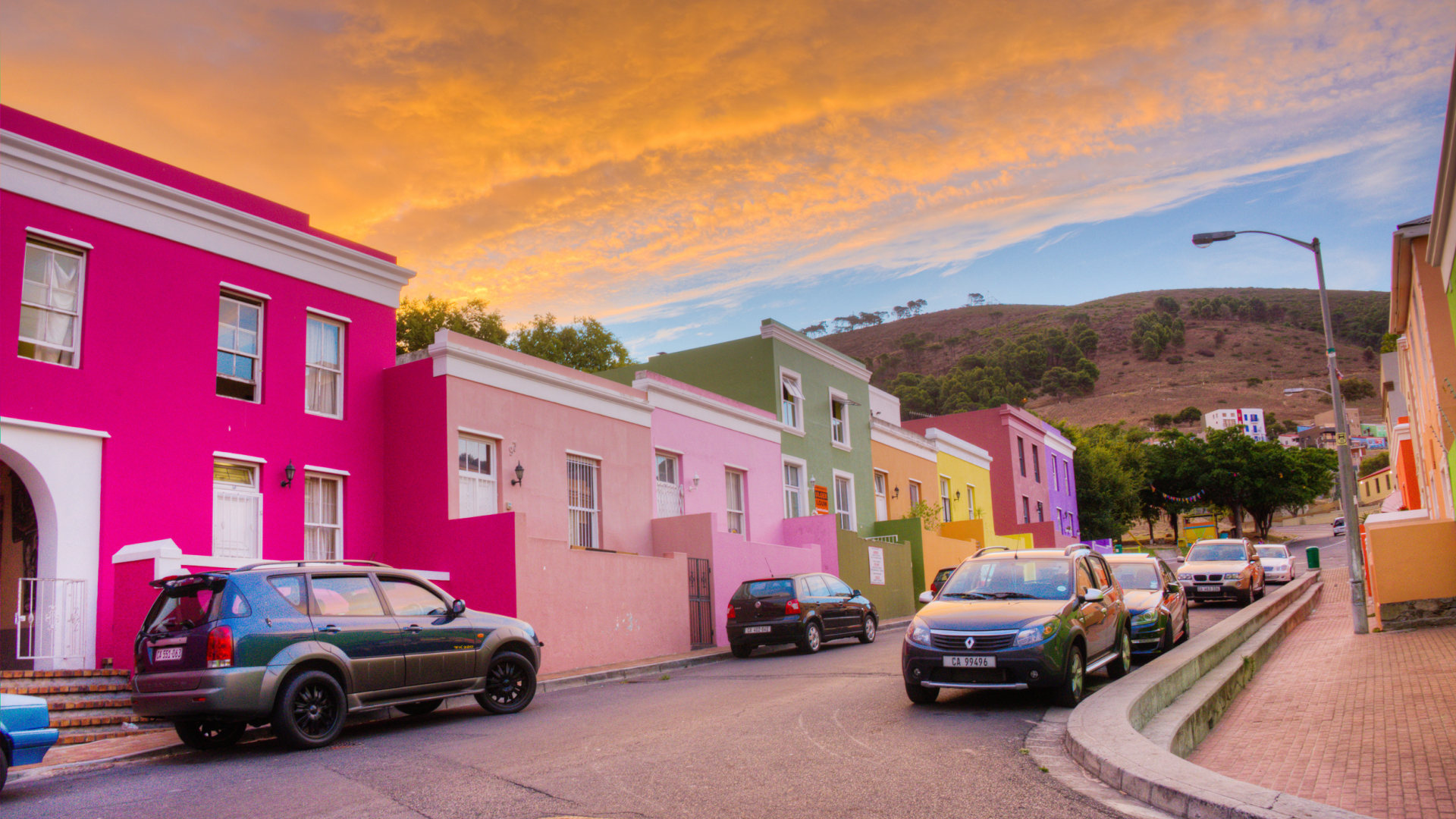 |
| Photo: Wikimedia Commons |
The colorful Bo-Kaap has a fascinating history and a distinct culture that begs to be discovered. Tucked away beneath the slopes of Signal Hill, the Malay Quarter is a bright and vibrant neighborhood with a rich Cape Malay culture and roots as old as Cape Town itself.
The Bo-Kaap Museum in Cape Town, located just outside the city center, is the place to go to learn about the local Islamic community, its history, and culture. After your visit, take a stroll through the cobblestone streets to learn more.
8. Gamcheon Culture Village, Busan, South Korea
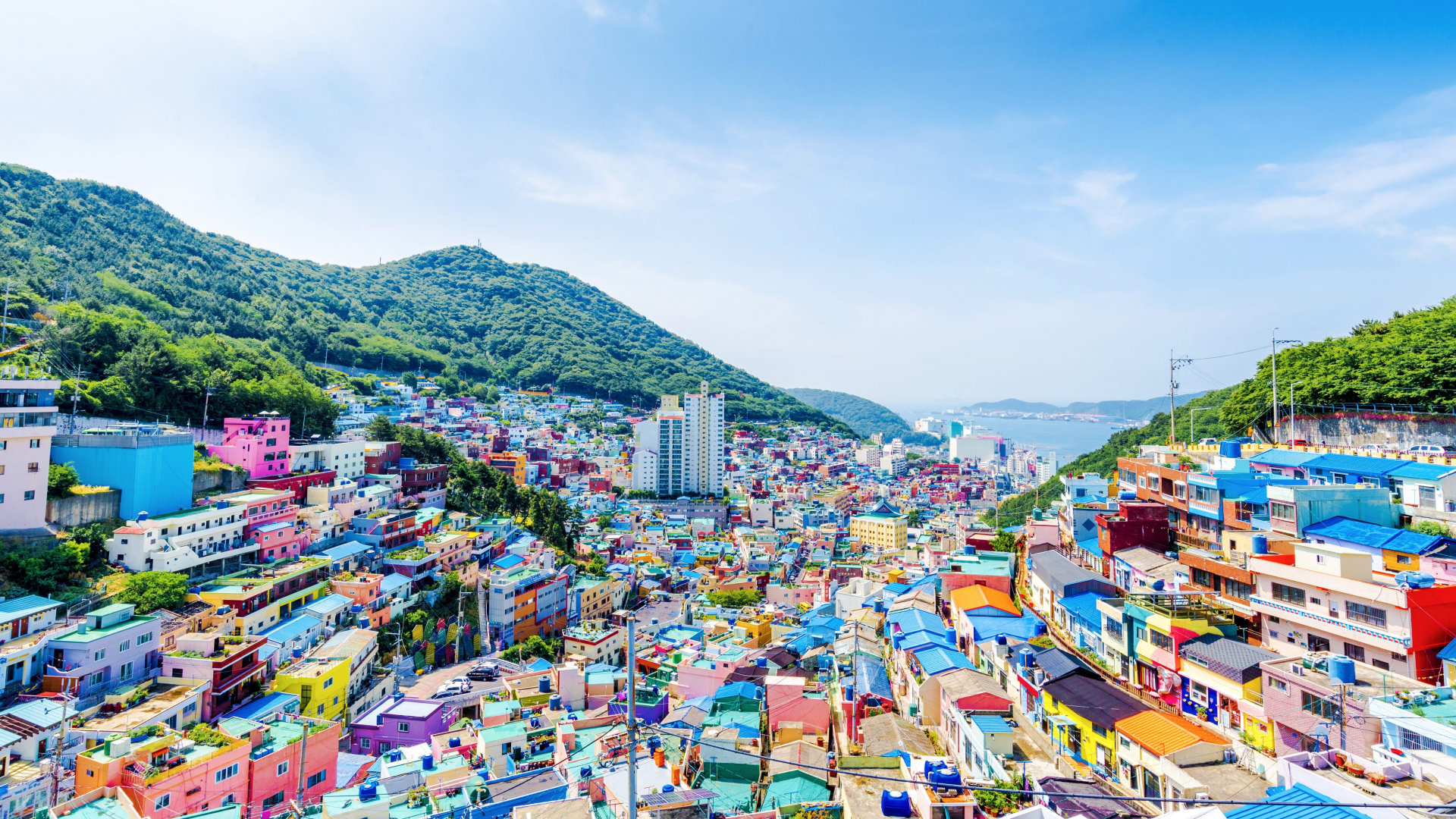 |
| Photo: Lonely Planet |
Gamcheon Culture Village is a town in the Saha District of Busan, South Korea. The neighborhood is known for its layered streets, twisted labyrinth-like alleys, and brightly painted houses, which have recently been restored and improved to attract tourists. The village, built on a steep mountainside slope, has been dubbed "Korea's Santorini" and the "Machu Picchu of Busan."
The village has become one of Busan's most popular tourist destinations. Gamcheon's tourism has grown significantly since the public art renovation project in 2009, with approximately 1.4 million visitors in 2015. Residents in the village have had mixed reactions to the increased traffic. While some residents have helped with renovations and tourism, others have chosen to leave despite difficulties in selling their homes. As of 2015, it is estimated that 300 local houses were vacant; part of the Village's development efforts include converting these abandoned houses into art galleries, museums, and shops.
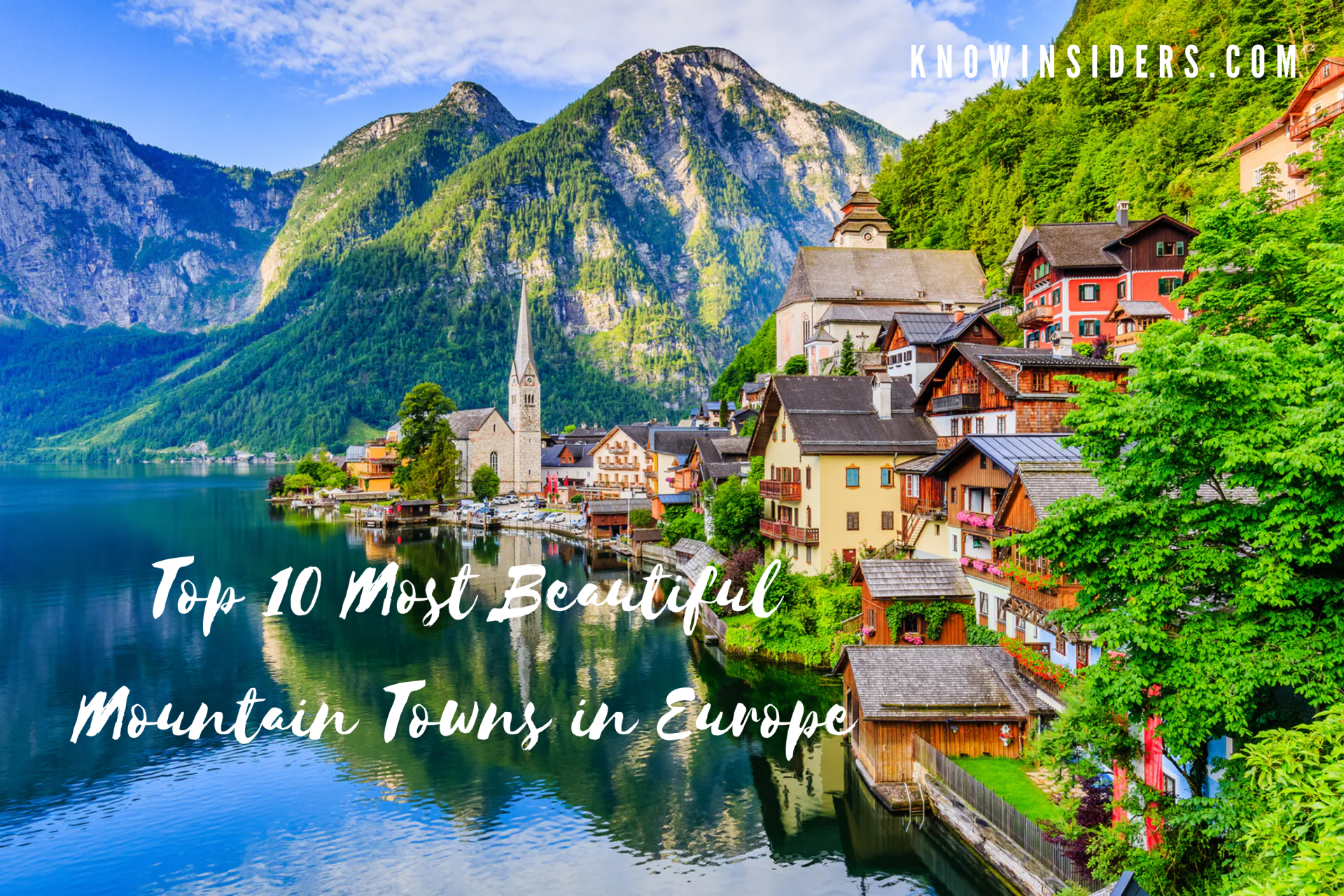 Top 10 Most Beautiful Mountain Towns in Europe Top 10 Most Beautiful Mountain Towns in Europe Being surrounded by mountains can enhance the beauty of just about any town. Check out the list of 10 most beautiful mountain town in Europe ... |
7. Guatapé, Colombia
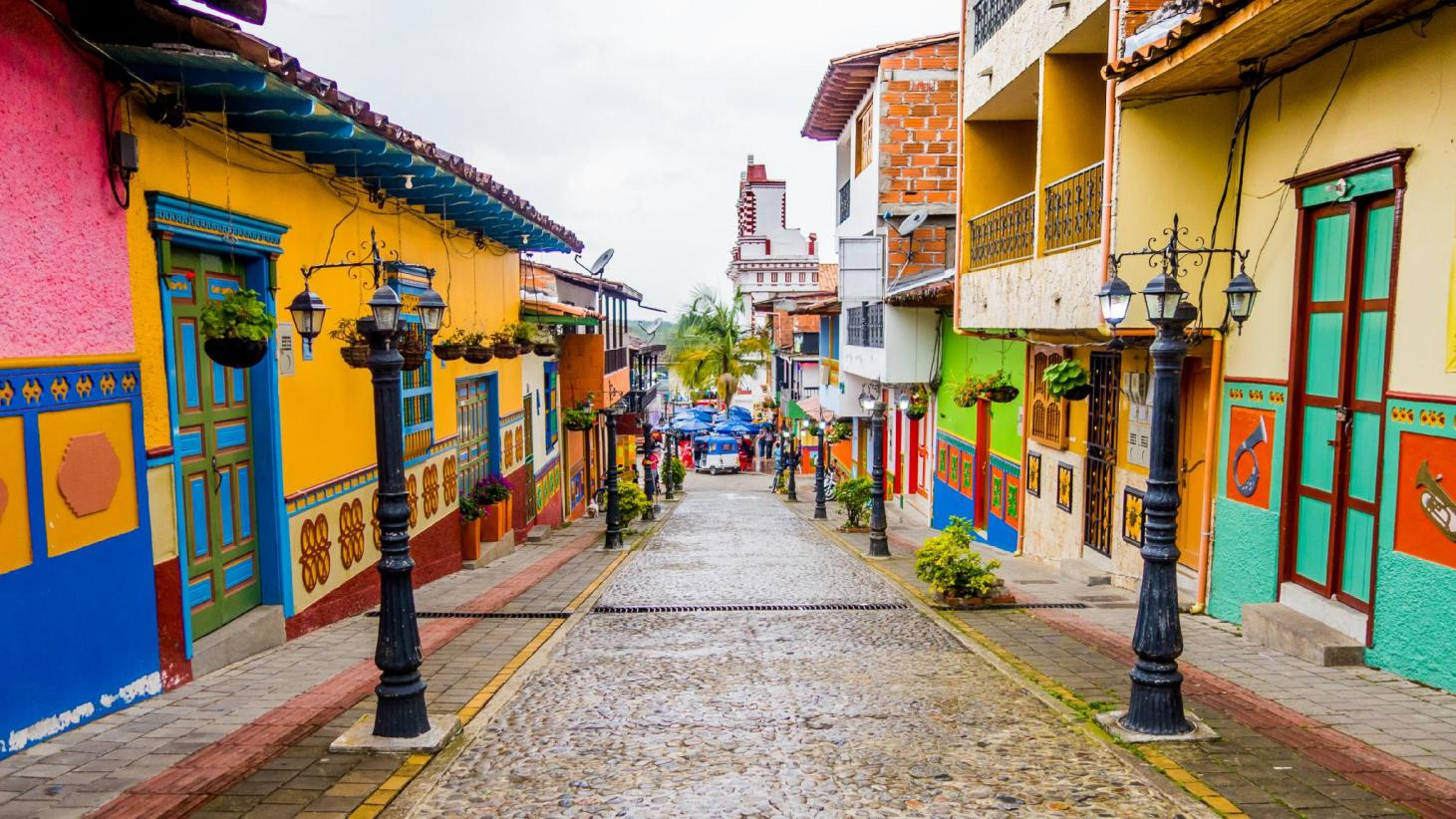 |
| Photo: Agoda |
Guatapé is a pleasant holiday town located on the shores of the Embalse Guatapé, a sprawling artificial lake. It is famous for the fresco-style decoration of its traditional houses. The lower half of many houses is covered in brightly painted bas-relief depictions of people, animals, and shapes.
Guatapé is a great day trip from Medelln, which is a two-hour bus ride away, but there is enough outdoor adventure here to keep you entertained for a bit longer if you want to get away from the city. If you want to experience the festival atmosphere when the town is packed with Colombian tourists, come on the weekend, or come during the week to explore the surrounding nature at a slower pace.
6. Menton, France
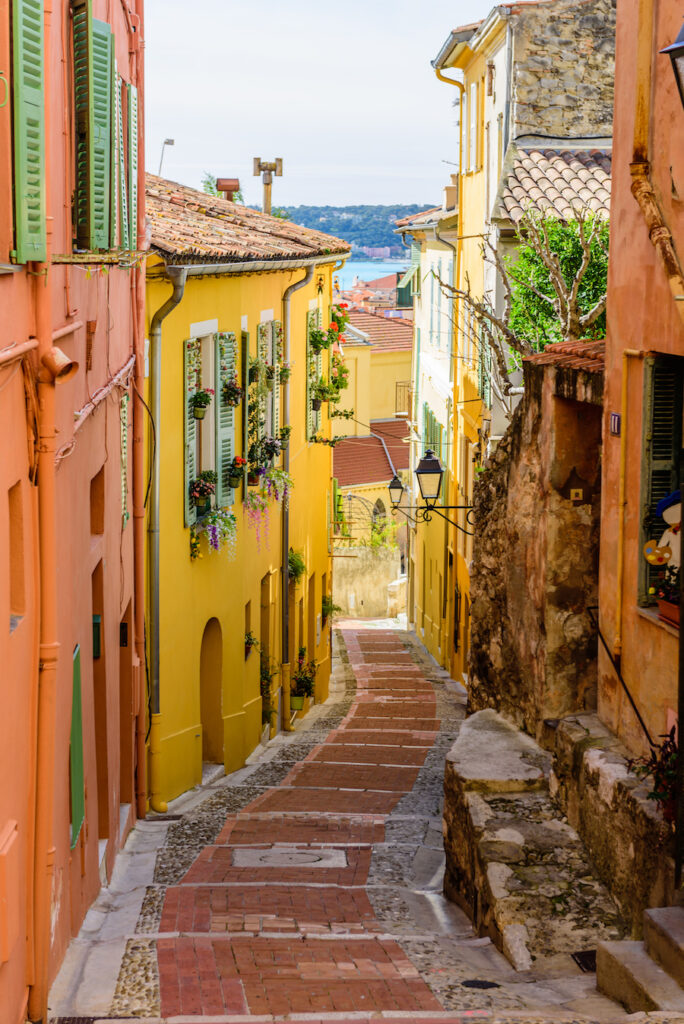 |
| Photo: TravelAwaits |
Menton is a lovely small city in southern France that has it all: a warm climate all year, beautiful gardens, excellent French and Italian food, sandy beaches at the foot of the turquoise Mediterranean Sea, and a colorful and historic old town.
Menton is distinguished from the other villages of the Cote d'Azure that dot the Mediterranean by having more sunny days in a year than any other place in France. Menton, a city with a village feel, is smaller than Nice and Monte Carlo but larger than Eze or Villefranche.
5. Burano, Venice, Italy
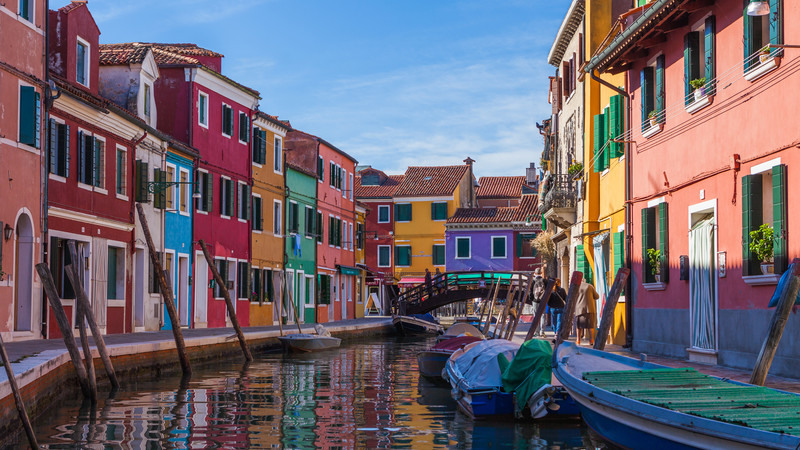 |
| Photo: Intrepid Travel |
Burano is still a quiet village with about 2,000 full-time residents, and tourism is its main industry, with day trippers from Venice coming to buy lace and photograph the colorful and picturesque canals. It's much calmer and more relaxed than the big city, and while the small town can get crowded on a busy summer day, it's nowhere near as popular as Venice. Burano is the place to be if you want to experience the magic of the canals and the picturesque buildings in a much more relaxed setting.
Although earlier Roman remains have been discovered on Burano, the island was permanently settled by people fleeing hostile invaders on the mainland in the sixth century. Burano is still a working fishing village, and its inhabitants have always relied on the lagoon for food. Although the neighboring island of Torcello was more important politically and strategically, it was abandoned, and Burano rose to prominence in the 16th century due to high demand for its lace. Women in Burano have always made their own lace, and although it declined in the 18th century, it was later revived.
4. Semarang, Indonesia
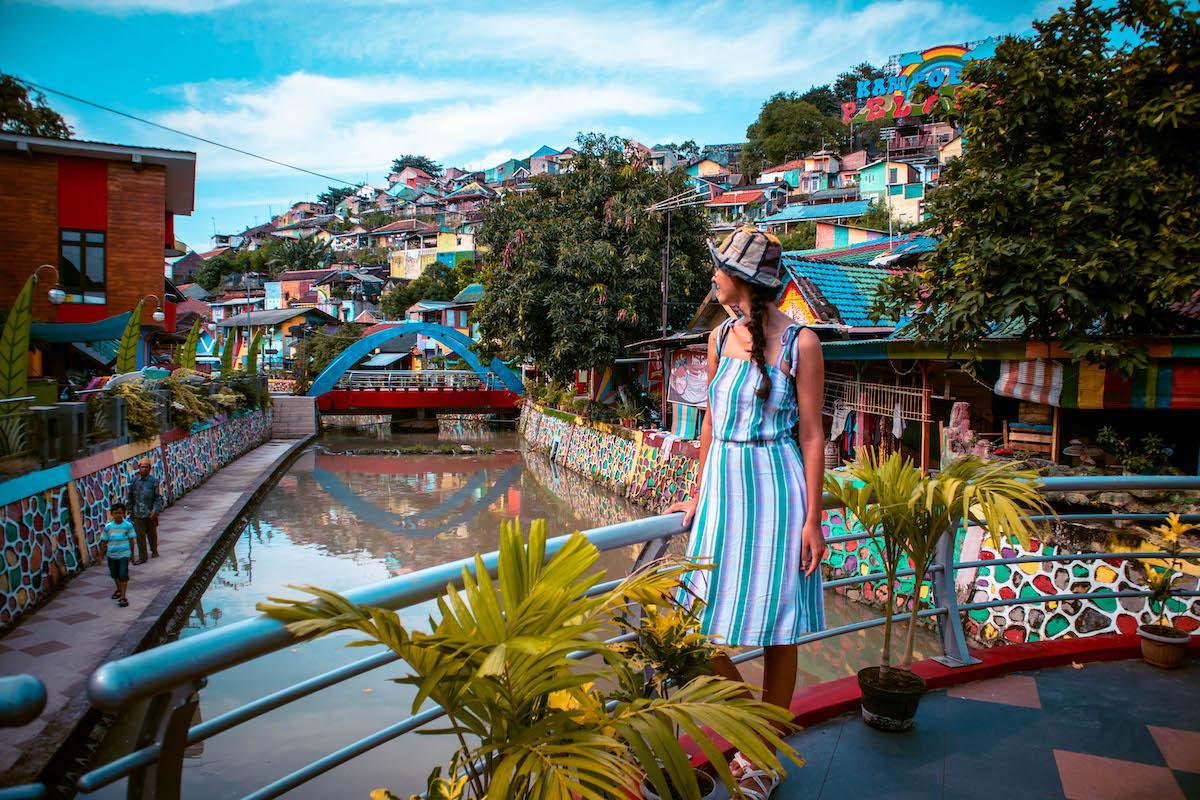 |
| Photo: Daily Travel Pill |
Semarang is the capital and largest city of Indonesia's Central Java province. During the Dutch colonial era, it was a major port, and it is still an important regional center and port today. The ASEAN Clean Tourist City Standard (ACTCS) has named the city the cleanest tourist destination in Southeast Asia for 2020-2022.
The name of the city is said to be derived from the Javanese words "asem" and "arang," which can be translated as "rare tamarind."
Semarang is located on the northern coast of the province.
The topography of Semarang is defined by a narrow coastal plain that rises sharply inland. Because of the slightly cooler climate, the city sprawls up from the coast, and the higher areas have some of the highest rates of residential development. During the monthly rob or high tides, the sea is slowly reclaiming the coastal lowlands, causing flooding up to a kilometer from the coast.
3. Willemstad, Curaçao
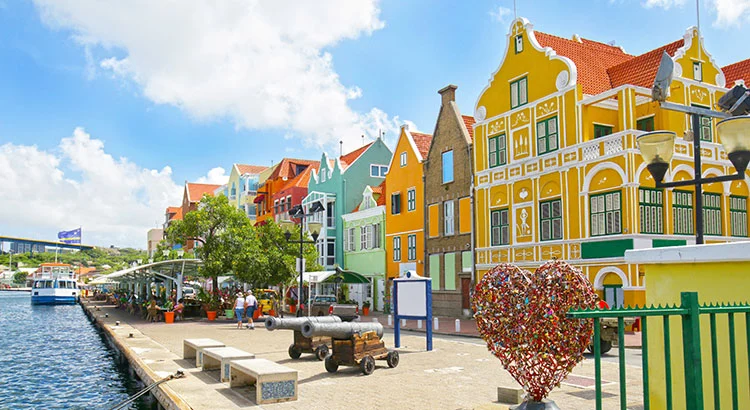 |
| Photo: Bayside Boutique Hotel |
Willemstad, the capital and chief town of Curaçao, is located on the island's southern coast in the Caribbean Sea. Sint Anna Bay, which leads to Schottegat Harbour, divides it in two. The Koningin Emma ("Queen Emma") Bridge connects the two halves, Punda and Otrabanda ("Other Side"); opened in 1888 and rebuilt in 1939, the bridge underwent a major restoration in the early twenty-first century. In 1974, a fixed bridge was completed. Willemstad was the capital of the Netherlands Antilles until its dissolution in 2010. Willemstad is a Caribbean trading, petroleum storage and refining, tourism, and banking center. The town has many gabled houses in the Dutch style.
Fort Amsterdam (1635), which once guarded the entrance to Schottegat Harbour and is now the seat of government; the Dutch Reformed Church (1769); and the Mikvé Israel-Emanuel Synagogue (1732), the oldest synagogue in continuous use in the Western Hemisphere, are all significant structures. The Museum Kurá Hulanda, which chronicles the history of African empires, the slave trade, and the experiences of Africans in the Western Hemisphere, is one of the attractions. The Curaçao Museum is the island's oldest museum, featuring both traditional and contemporary art. Willemstad's inner city and harbor were designated a UNESCO World Heritage site in 1997. 125,000 people live in the urban agglomeration (as of 2001).
2. Stortorget, Stockholm, Sweden
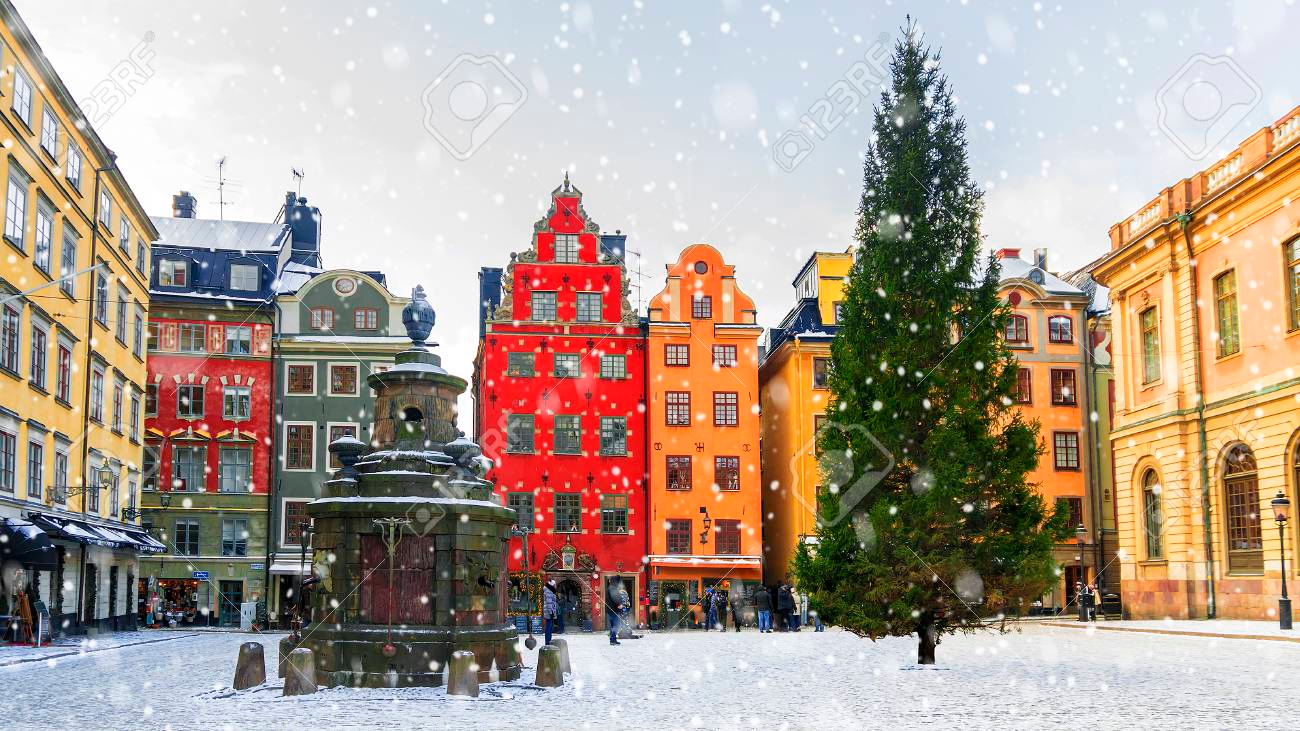 |
| Photo: 123RF |
The main square in Stockholm's Old Town neighborhood, Gamla Stan, is called Stortorget. Ironically, despite the name translating to "Big Square" in English, it is one of Europe's smallest Old Town squares. The original settlement that developed into the capital of Sweden is where Stortorget is located. By 1400, Gamla Stan was home to over 1,600 people, and stone houses and shops had started to appear nearby. Added to one end of the square in 1776, the Stock Exchange Building now houses the Nobel Library, the Nobel Museum, and the Swedish Academy. A communal well, pictured above on the left, naturally brought merchants and locals together in the square.
Stortorget is still Stockholm's cultural hub even though the well has long since dried up and is now connected to the city's water supply. Every year, thousands of tourists flock to this plaza, particularly during its yearly Christmas market. It is the ideal starting point for walking tours of Old Town because of its proximity to the Royal Palace of Stockholm, the Stockholm Cathedral, and numerous museums.
1. Valparaiso, Chile
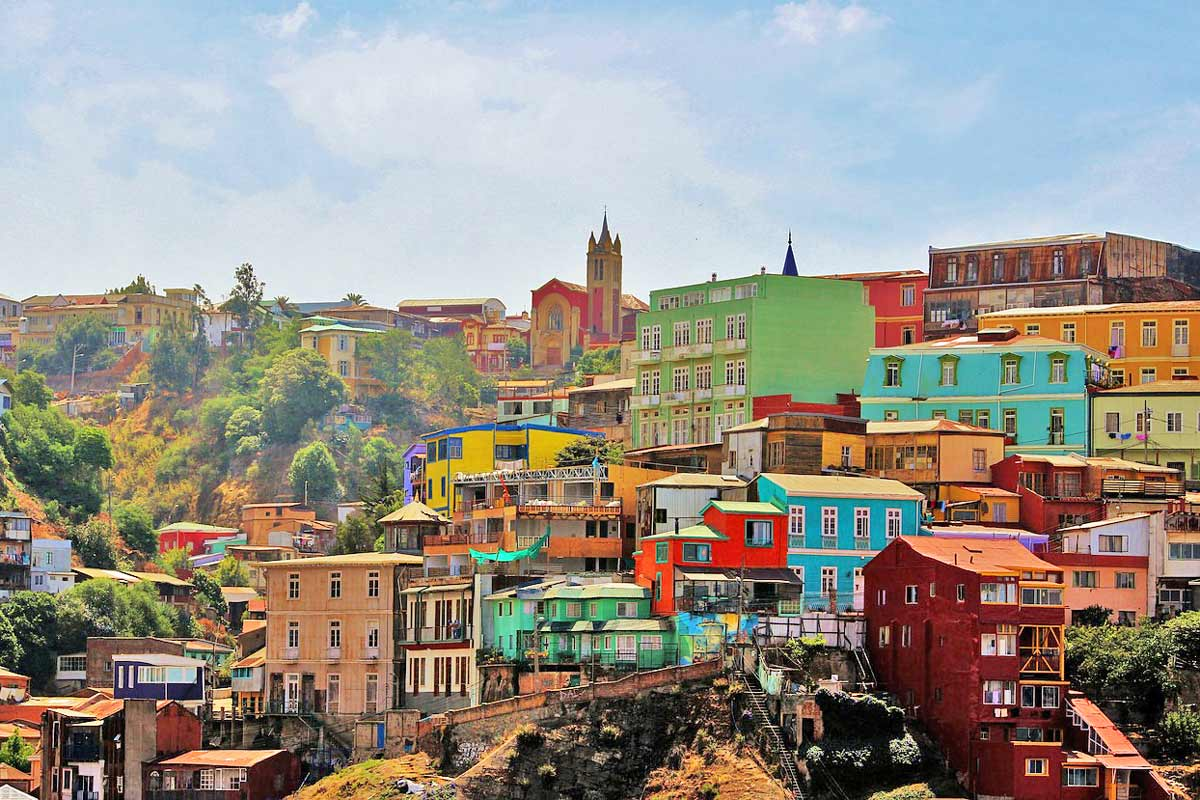 |
| Photo: Stingy Normads |
The capital of the Valparaíso region in central Chile is Valparaíso City. It is located 84 miles (140 km) northwest of Santiago, the capital of Chile, on the southern edge of a wide, open bay of the Pacific Ocean. The city is situated atop the rocky Point Angeles peninsula, which is the tip of a semicircular spur of the coastal mountain range. The bay is well protected from southerly and westerly winds by this point, but it is still vulnerable to northern winds. In 2003, the city's historic district received the UNESCO World Heritage designation.
Juan de Saavedra, a conquistador, named Valparaíso after his birthplace in Spain when he founded the town in 1536. However, another account claims that the location was originally known as Val del Paraíso, which was later changed to Valparaíso by Juan Bautista Pastene's soldiers.
 Top 15 Most Unique American Police Cars Of All Time Top 15 Most Unique American Police Cars Of All Time Take a look at the most iconic US cop cars in the history. Some of them are vintage and have special features. |
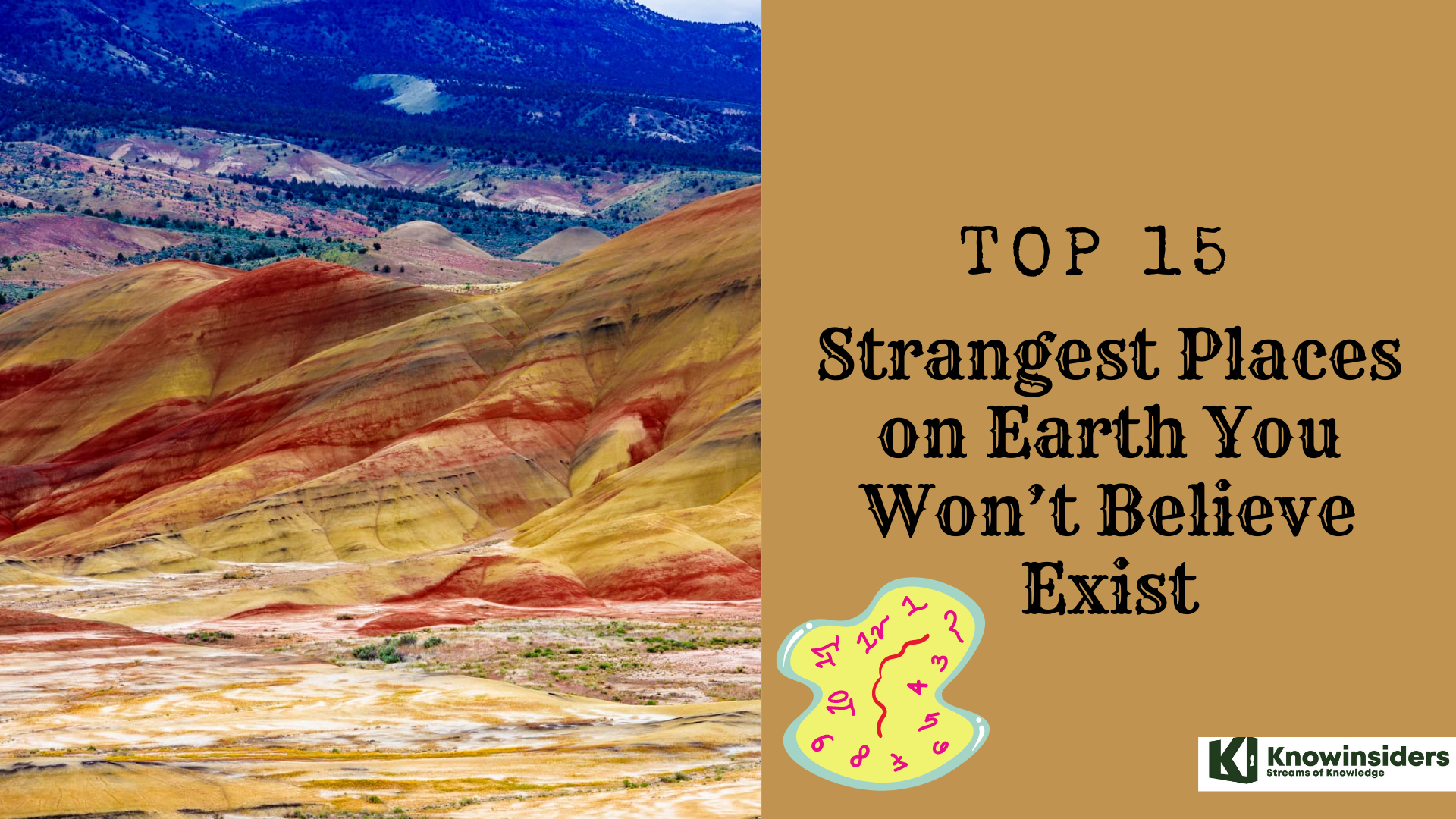 15 Strangest Places on Earth You Won’t Believe Exist 15 Strangest Places on Earth You Won’t Believe Exist Earth is an extraodrinary planet, and so are many parts on Earth. Let's take a look at top 15 strangest places that you wont believe ... |
 Top 15 Most Beautiful Towns in America Today Top 15 Most Beautiful Towns in America Today There's always something to see in a big city, but sometimes, you want a slower pace. Thankfully, the United States boasts some incredible small towns. ... |
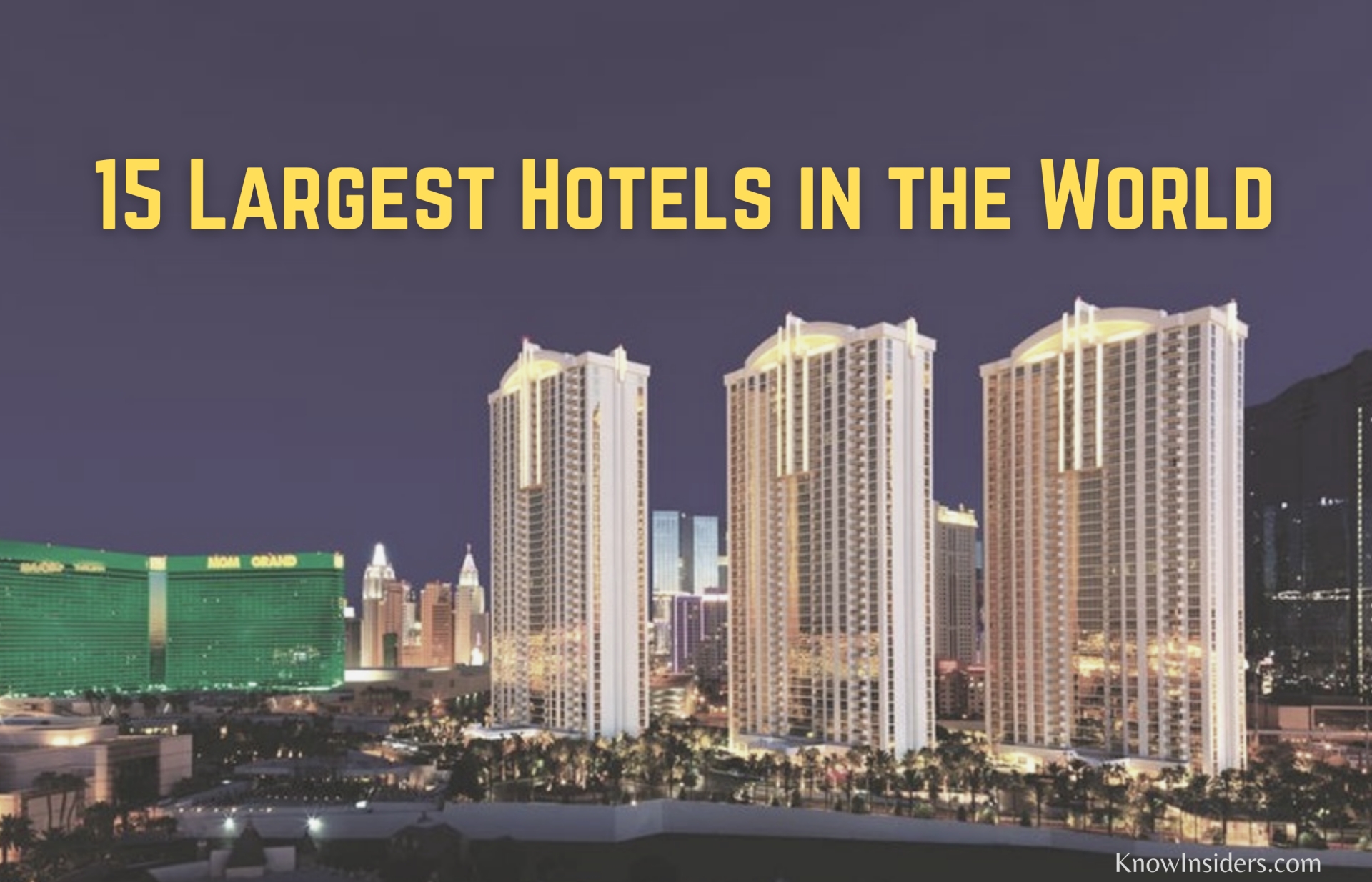 Top 15 Largest Hotels in the World Today Top 15 Largest Hotels in the World Today A good hotel makes your vacation great. Let check out the top 15 largest hotels in the world below! |


